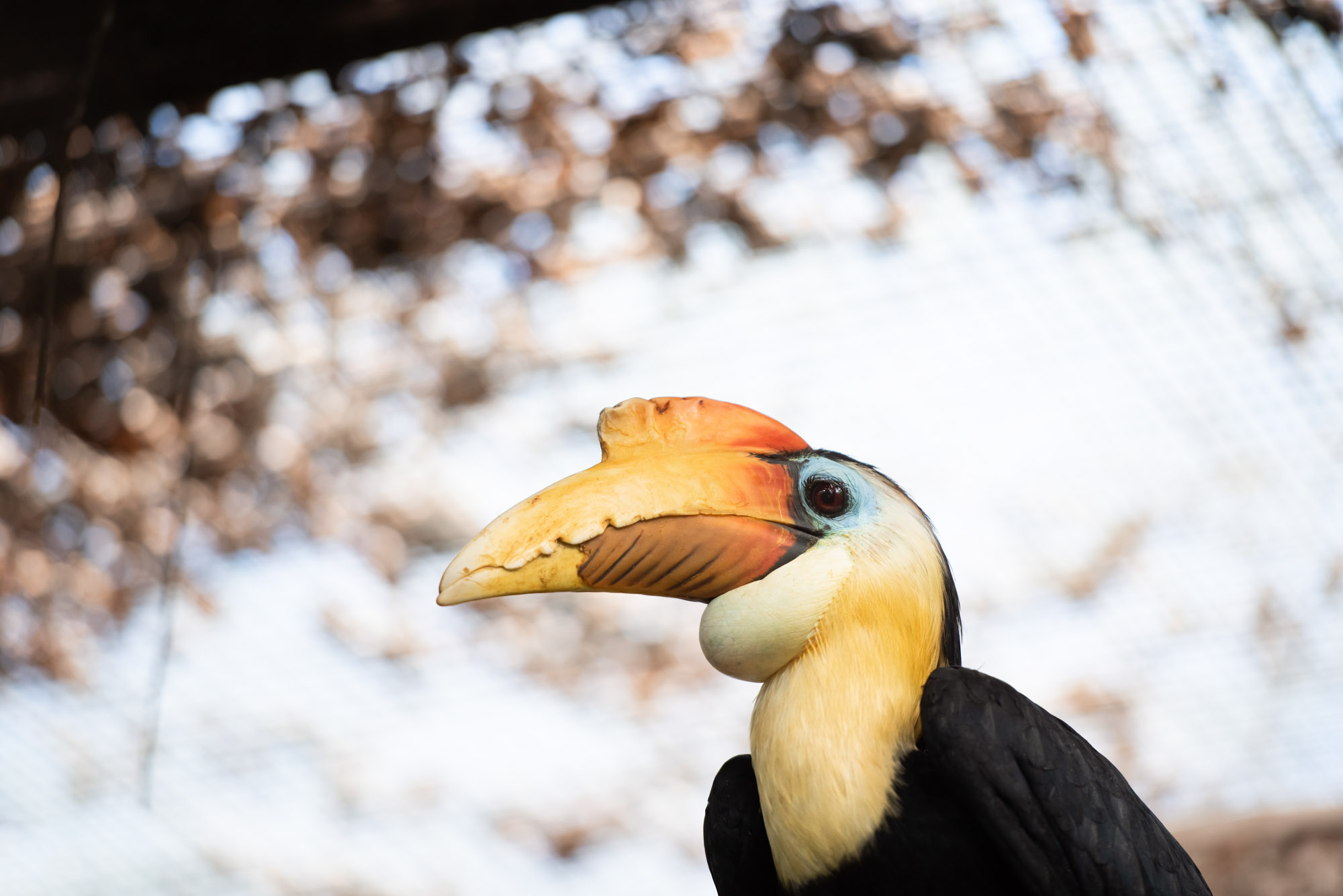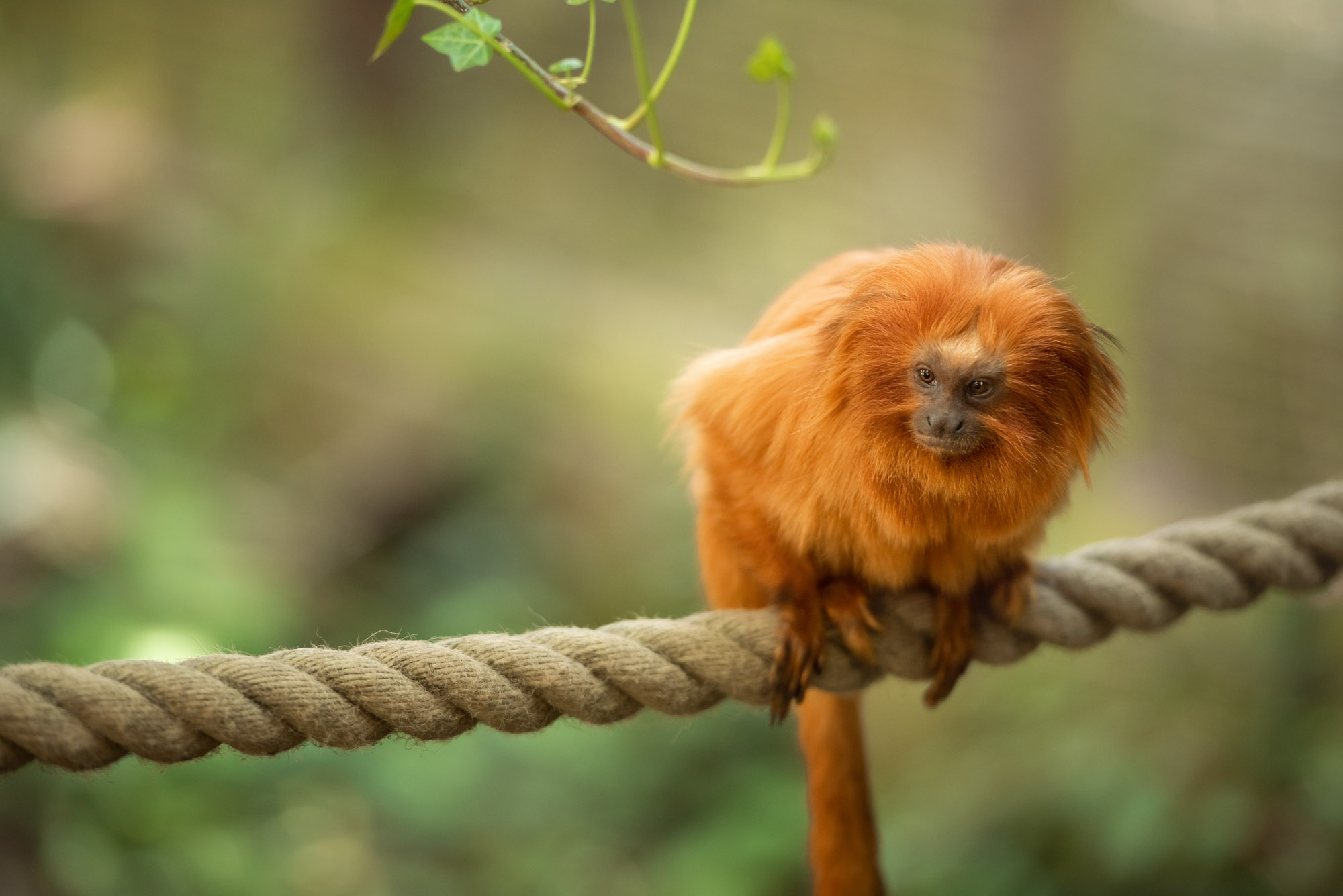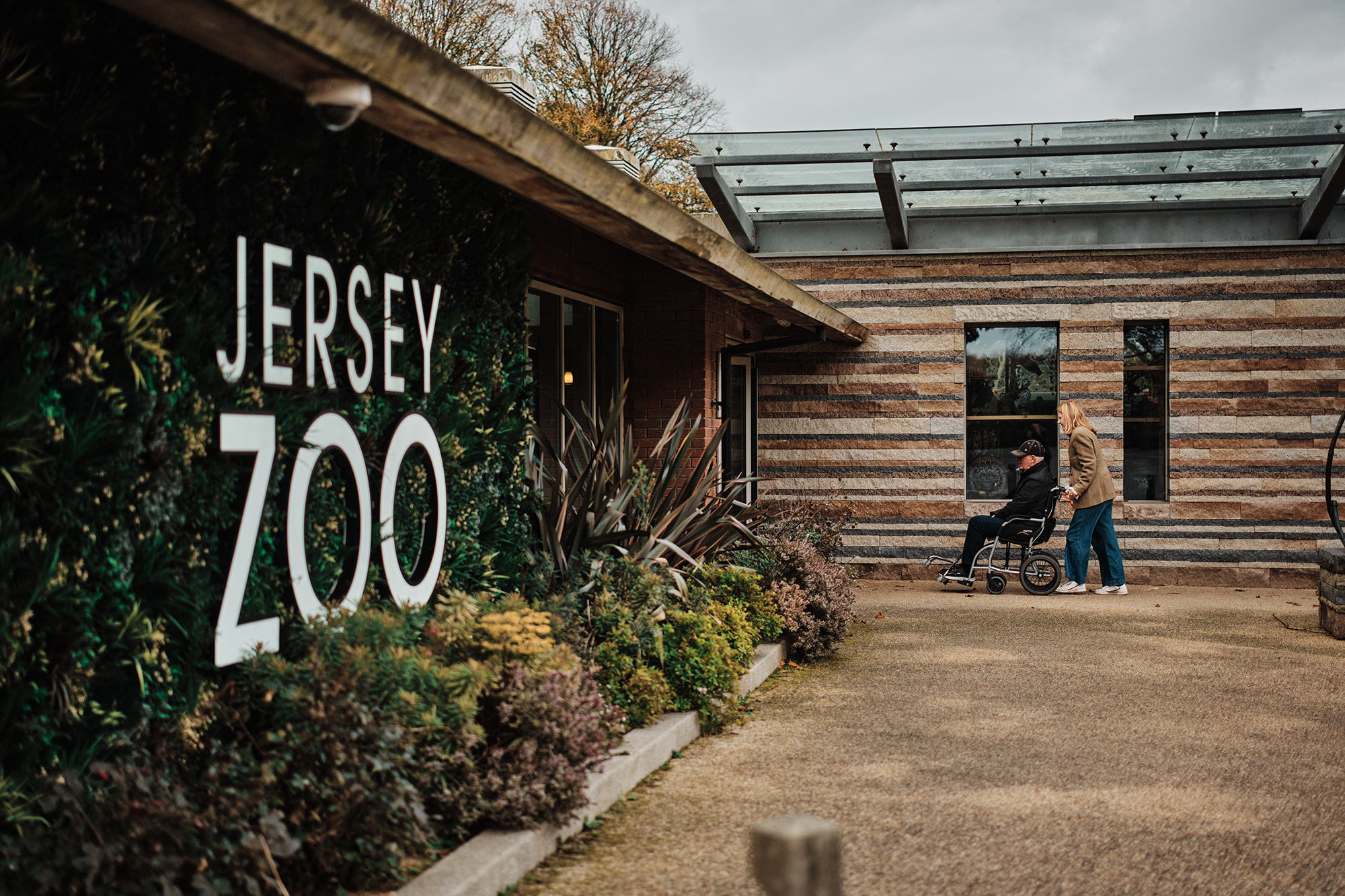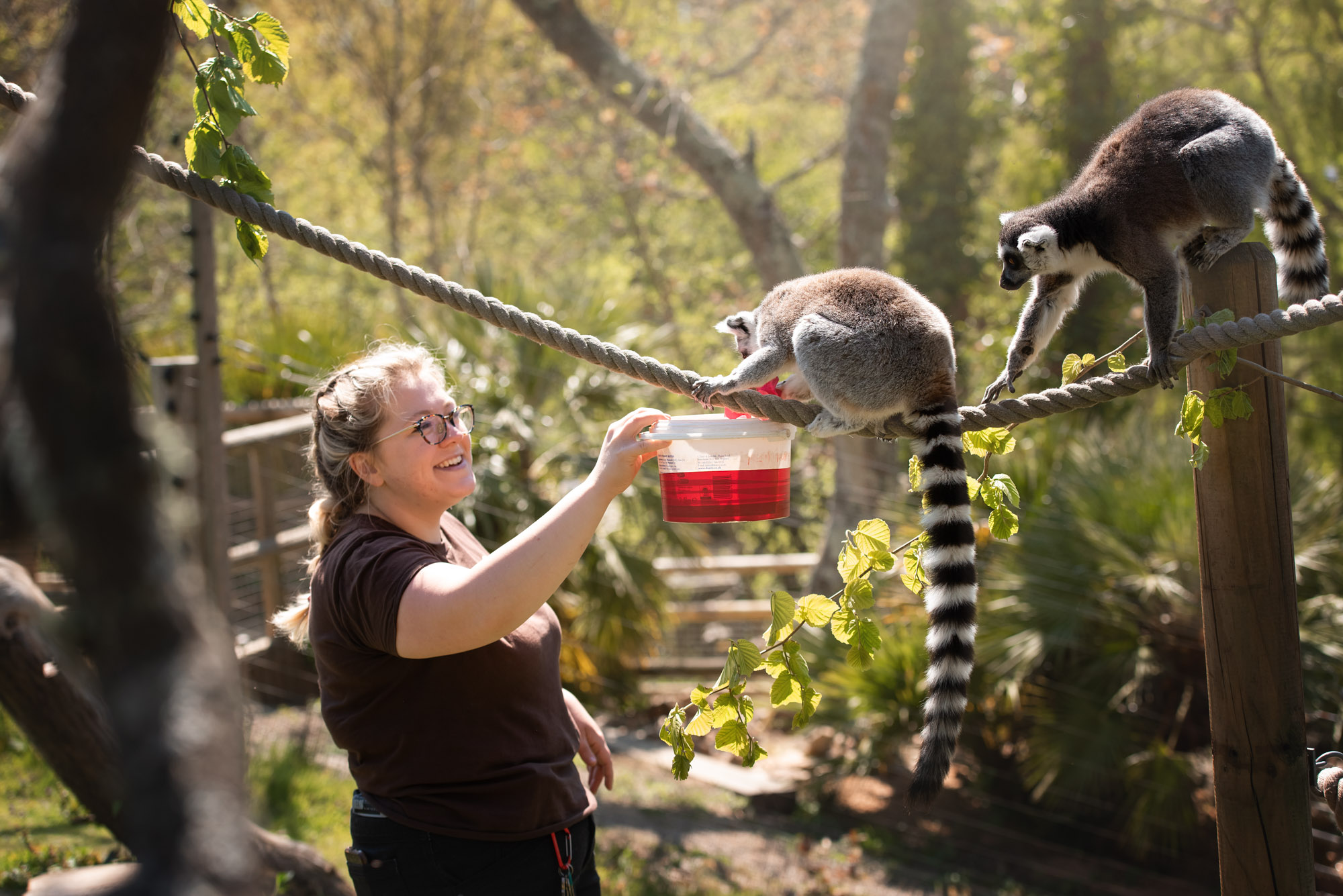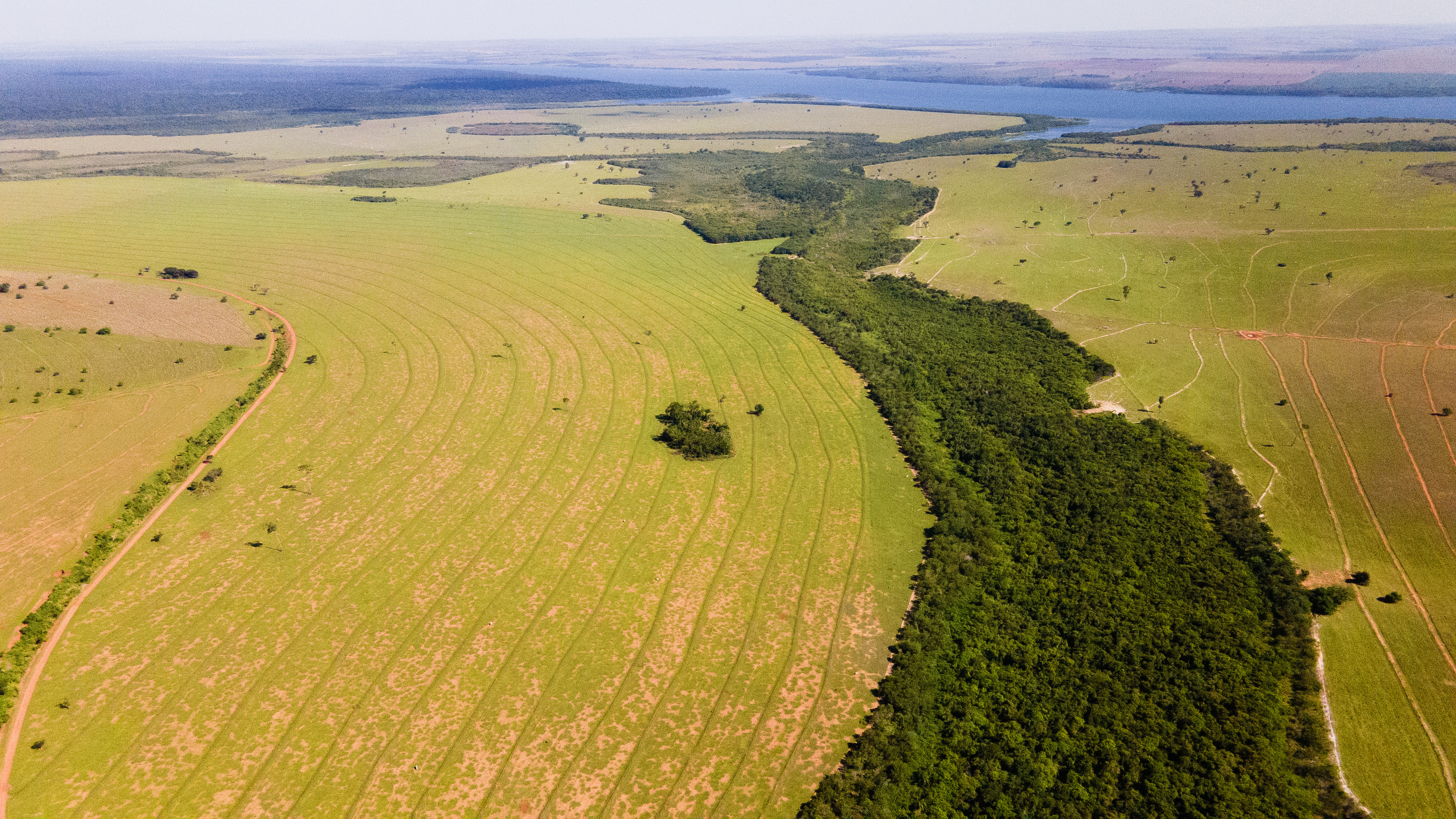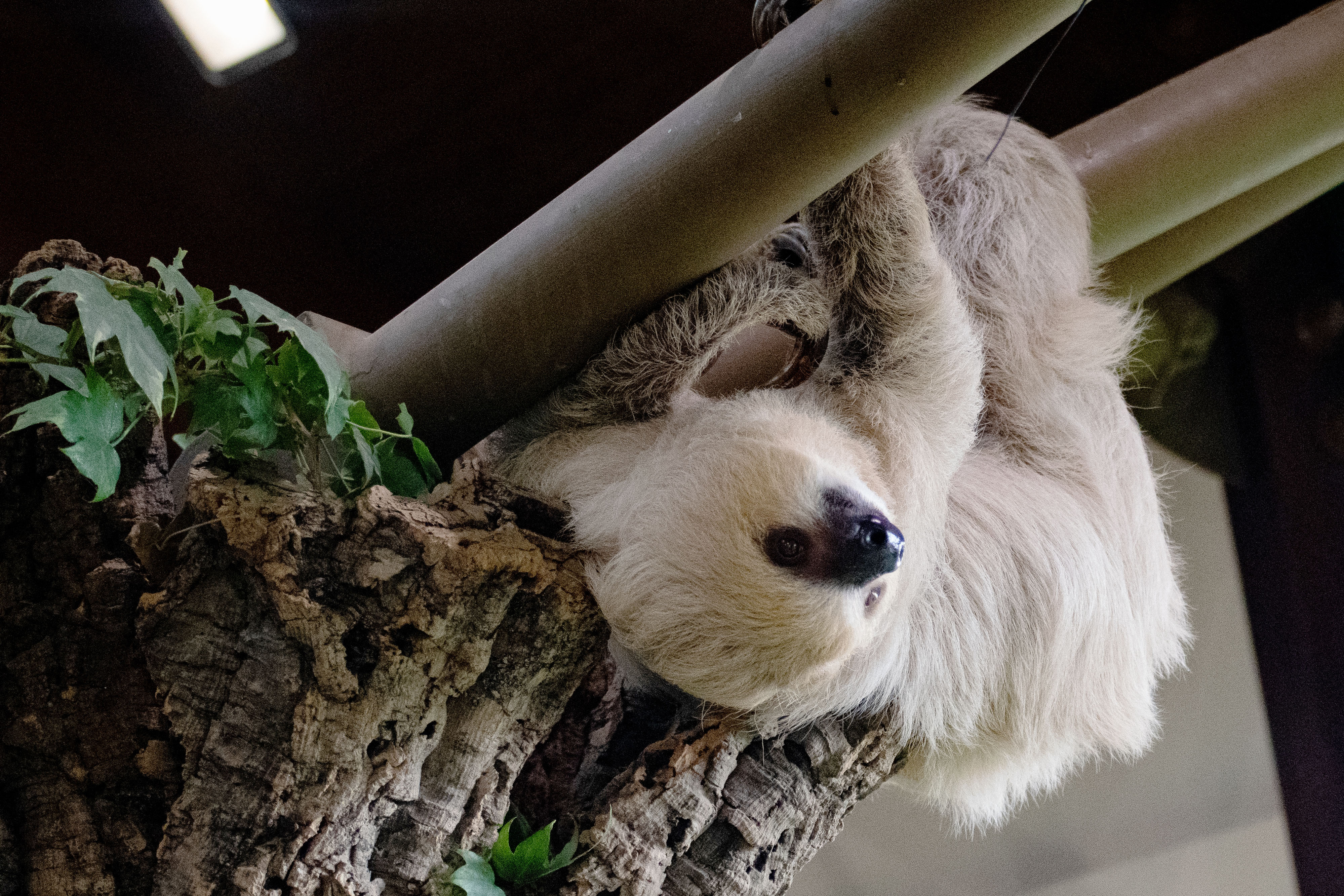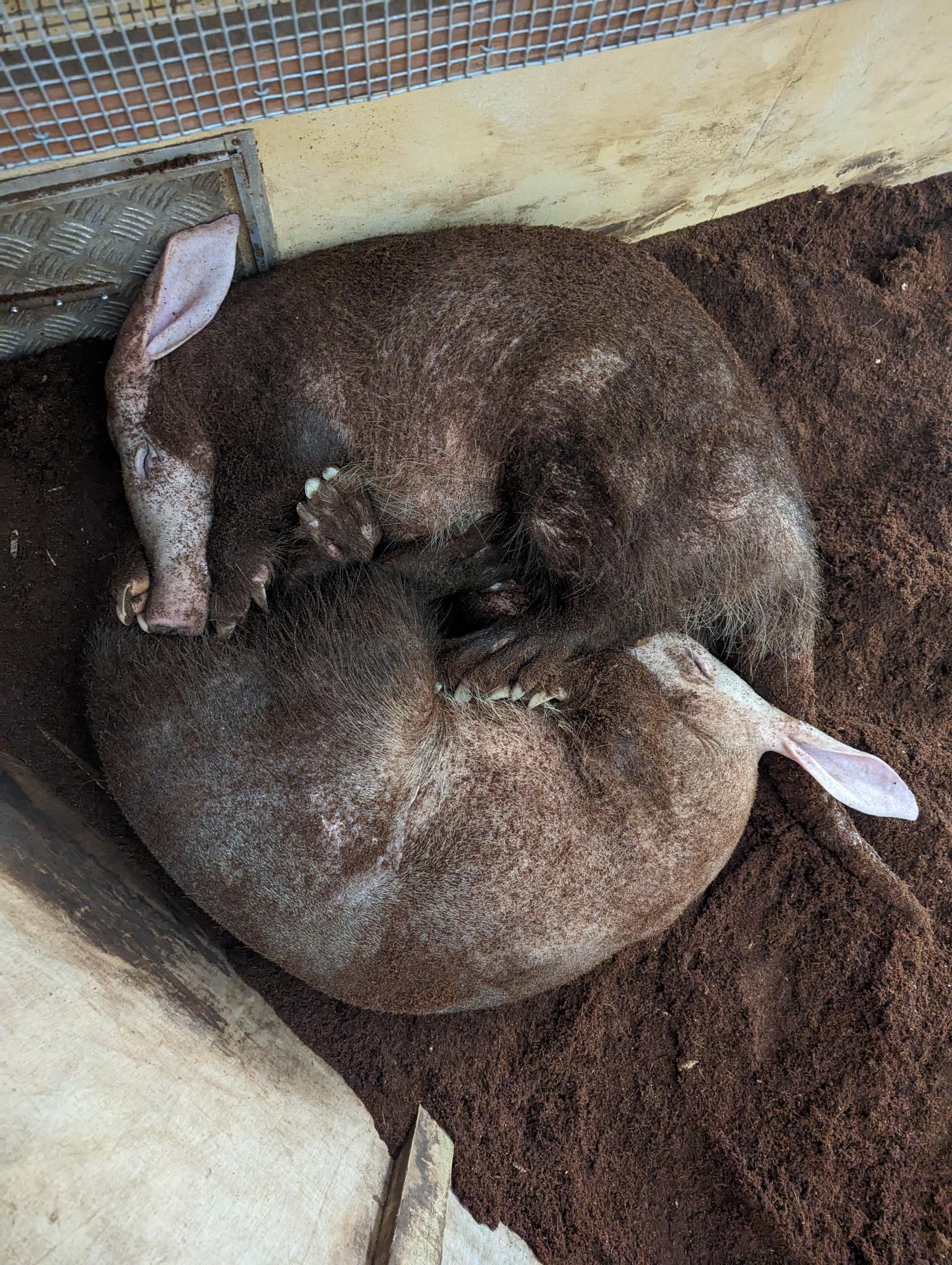
Ensuring the welfare of our animals is Durrell’s top priority, with an outstanding team of professional vets based on-site, expert animal keepers and regular inspections to ensure compliance with relevant standards.
Durrell takes animal welfare incredibly seriously – it is, and always has been, our highest priority. The implication of the images used in ITV Channel's report on 18 April is that our dedicated and experienced keepers do not care for our animals, but this couldn’t be further from the truth. At Jersey Zoo, we continually adjust and adapt the environments of the animals in our care in line with the latest husbandry guidelines and data available to us.
A response from the European Association of Zoos and Aquaria
Animal welfare at Jersey Zoo
What is animal welfare and how do we assess and monitor it?
Further information
What happened to the female aardvark?
We want to reassure our members that Nacho’s wounds, which occurred during her introduction with the male aardvark, were minor skin abrasions. While we do not wish any injuries to animals in our care, Nacho was treated immediately by our vet team and her injuries healed without complication. This species is highly resilient and robust by nature, and it is not uncommon to see minor injuries occurring during courtship.
Mixing new animals always carries inherent risk. During courtship and breeding, male aardvarks will use their claws to grip the flank of females, which can result in abrasions and scratches. The most important take away from any introduction is learning and, where appropriate, proactive adjustment.
Tafari and Nacho are now closely bonded and can often be seen sleeping close together. We continue to learn and adapt, and we will use experience from this mix for any future introductions.
Is the aardvarks’ enclosure fit for purpose?
There are currently no official husbandry guidelines (EAZA or BIAZA) for this species, however the studbook keeper approved the enclosure to house a pair and any offspring.
At Jersey Zoo we always want to do more, and there are further developments planned for the enclosure. We will continue to adjust and adapt the environments of the animals we care for.
Here at Jersey Zoo, the aardvarks are not on a reverse lighting cycle*. We prefer to give them access to the whole enclosure 24/7 and they experience day and night at the same time as we do. As such, the aardvarks tend to be more active at night, digging and burrowing outside.
*Historically, zoos have used red or blue lighting to enable visitors to see into enclosures in nocturnal houses. Modern research has shown that this can have a detrimental impact on animal welfare, so is no longer considered best practice. Carefully coordinated, specially selected, white LED lighting, dimmed to a 'moonlight' level, is now considered far more appropriate.
What was wrong with the goats’ feet?
All domestic livestock require intervention periodically, notably footcare for large mammals with hooves. The goats at Jersey Zoo are no exception to this and will always be given access to veterinary intervention as required.
The Guernsey goats had a foot condition that is very common in goats. Following close monitoring and care, including the installation of a concrete hardstand and hoggin to naturally maintain their hooves and regular walks around the zoo, they are no longer experiencing this problem and the farrier has confirmed their feet are now in excellent condition. We continue to monitor this closely should the foot condition return.
Are the sloths kept in an appropriate environment?
Both our sloths were born in captivity and previously lived in very busy walk-through exhibits at Bristol Zoo and London Zoo. At Jersey Zoo, we continually adjust and adapt the environments of the animals in our care in line with the latest husbandry guidelines and data available to us.
Since the sloth enclosure was designed, several improvements have been made including a new misting system to improve humidity, regular new climbing opportunities, and a variety of nest boxes. We are also trialling the provision of UV lights, however there is limited data regarding the effectiveness of this for sloths. In addition, the top floor of the building (where visitors are in closer proximity to the sloths) is only open at certain times during the day, with a volunteer or keeper present to ensure that the sloths are not disturbed.
We hope you will visit the sloths when you are next at the zoo to see Terry and Rio for yourselves and feel reassured that they are healthy and content.
Why was the sloth seen on the floor?
Animals always explore the entirety of a new enclosure, and we encourage this freedom of choice. To enable the sloths to move through their enclosure, branches and rope are provided, however, they make use of the metal roof beams, and even the staircase banister to access the whole space.
Though naturally arboreal, sloths will venture to the ground to defecate, so it’s not uncommon to sometimes see them on the ground. When Terry, our female sloth, arrived at Jersey Zoo, her previous keepers had reported that she was often found sleeping on the floor. Terry's dedicated keepers have seen this behaviour decline over the time she has been with us.
We hope you will visit the sloths when you are next at the zoo to see Terry and Rio for yourselves and feel reassured that they are healthy and content.

